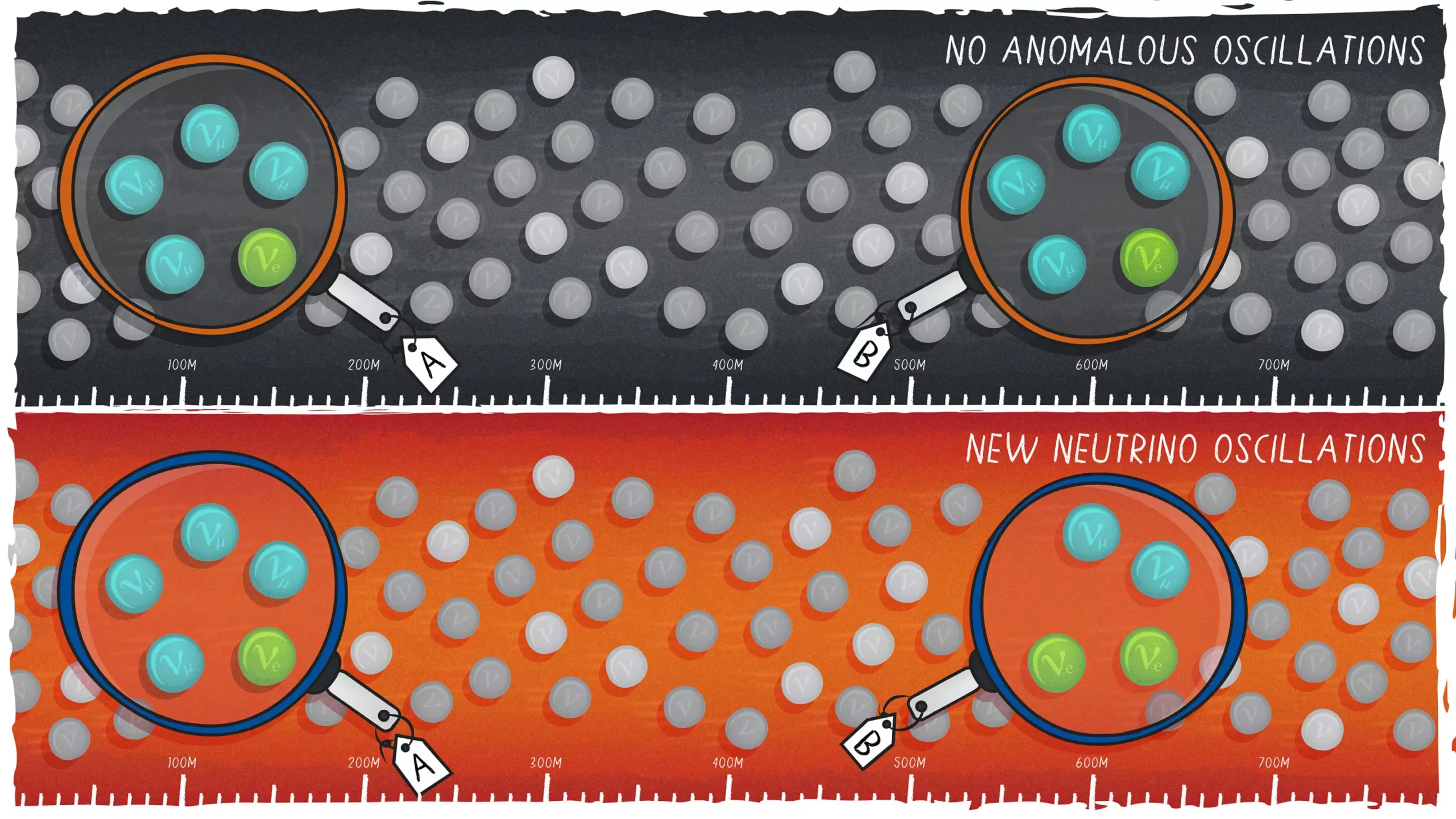In a groundbreaking development, scientists at Fermi National Accelerator Laboratory have successfully detected the first neutrino interactions at the Short-Baseline Near Detector (SBND). This achievement marks a significant milestone in a project that has been in the making for nearly a decade. The SBND collaboration, comprising 250 physicists and engineers from various countries, has been dedicated to planning, prototyping, and constructing the detector to unravel mysteries in particle physics.
Exploring New Physics
The completion of SBND is crucial to Fermilab’s Short-Baseline Neutrino (SBN) Program and holds the key to solving long-standing puzzles in the field of particle physics. The Standard Model, while extensively tested and proven, remains incomplete, prompting scientists to seek new avenues for exploration. Neutrinos, the second most abundant particles in the universe, pose a unique challenge due to their elusive nature, interacting only through gravity and the weak nuclear force. The elusive behavior of neutrinos, including their oscillation among different flavors, has led to anomalies in previous experiments that hint at the existence of a new type of neutrino.
The Role of SBND
SBND serves as the near detector for the Short Baseline Neutrino Program at Fermilab, working in conjunction with the far detector, ICARUS, to investigate neutrino oscillation and potential evidence of a fourth neutrino. This collaborative effort enables researchers to study neutrinos in unprecedented detail by measuring them at different stages of their interaction with the Fermilab beam. Unlike past experiments, the SBN Program provides a comprehensive understanding of neutrinos’ composition and behavior, addressing discrepancies observed in previous studies.
SBND’s proximity to the neutrino beam allows for the observation of 7,000 interactions per day, offering a wealth of data for researchers to analyze. This massive data sample enhances the study of neutrino interactions with liquid argon, a critical component in future experiments like the Deep Underground Neutrino Experiment (DUNE). Understanding how neutrinos interact with argon, with its complex nucleus structure, presents a unique challenge that SBND aims to tackle through extensive data collection and analysis.
In addition to studying neutrinos, SBND scientists are also on the lookout for other particles that may present themselves in the detector. The proximity to the particle beam opens up the possibility of detecting new phenomena that extend beyond the realm of neutrinos. Dark matter, a pervasive yet enigmatic component of the universe, remains a mystery that conventional physics theories struggle to explain. SBND’s capabilities may provide insights into lightweight dark particles, shedding light on the elusive “dark sector” and expanding our understanding of the universe.
The detection of the first neutrino interactions at SBND marks the beginning of an exciting journey for the collaboration, as they delve deeper into the realm of particle physics and embark on a quest for new discoveries. With its advanced capabilities and cutting-edge technology, SBND is poised to revolutionize our understanding of neutrinos, dark matter, and other fundamental aspects of the universe. As researchers continue to analyze the data collected by SBND, the future holds endless possibilities for groundbreaking scientific exploration.


Leave a Reply
You must be logged in to post a comment.